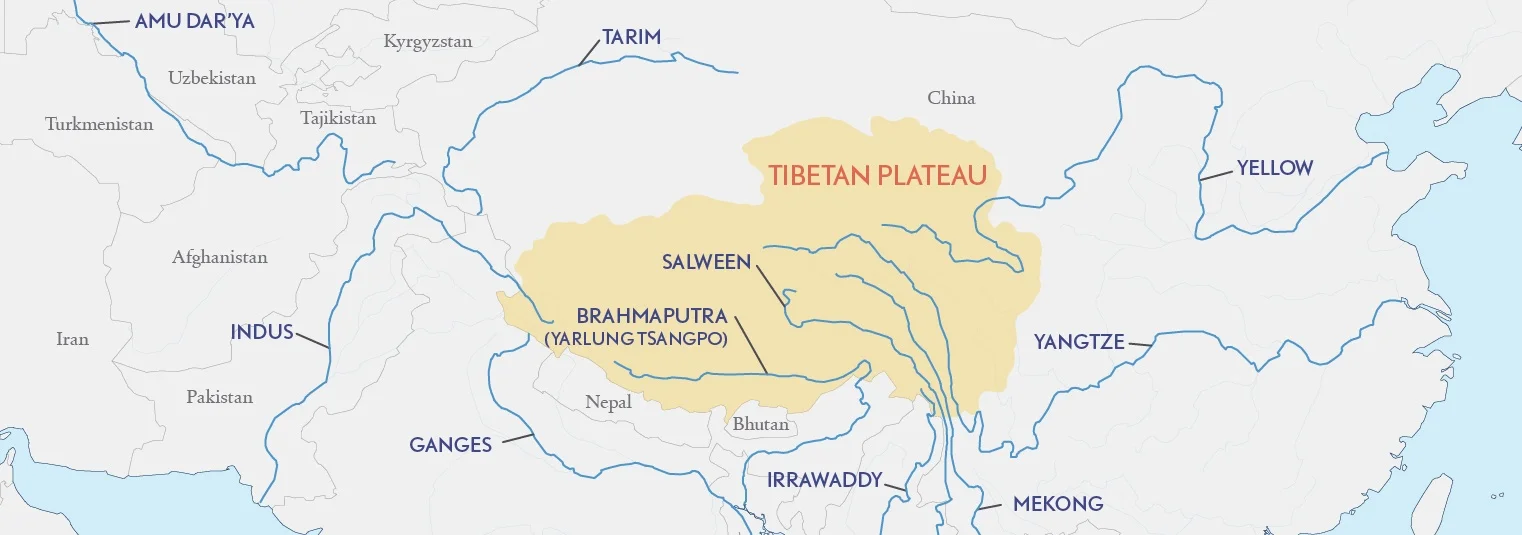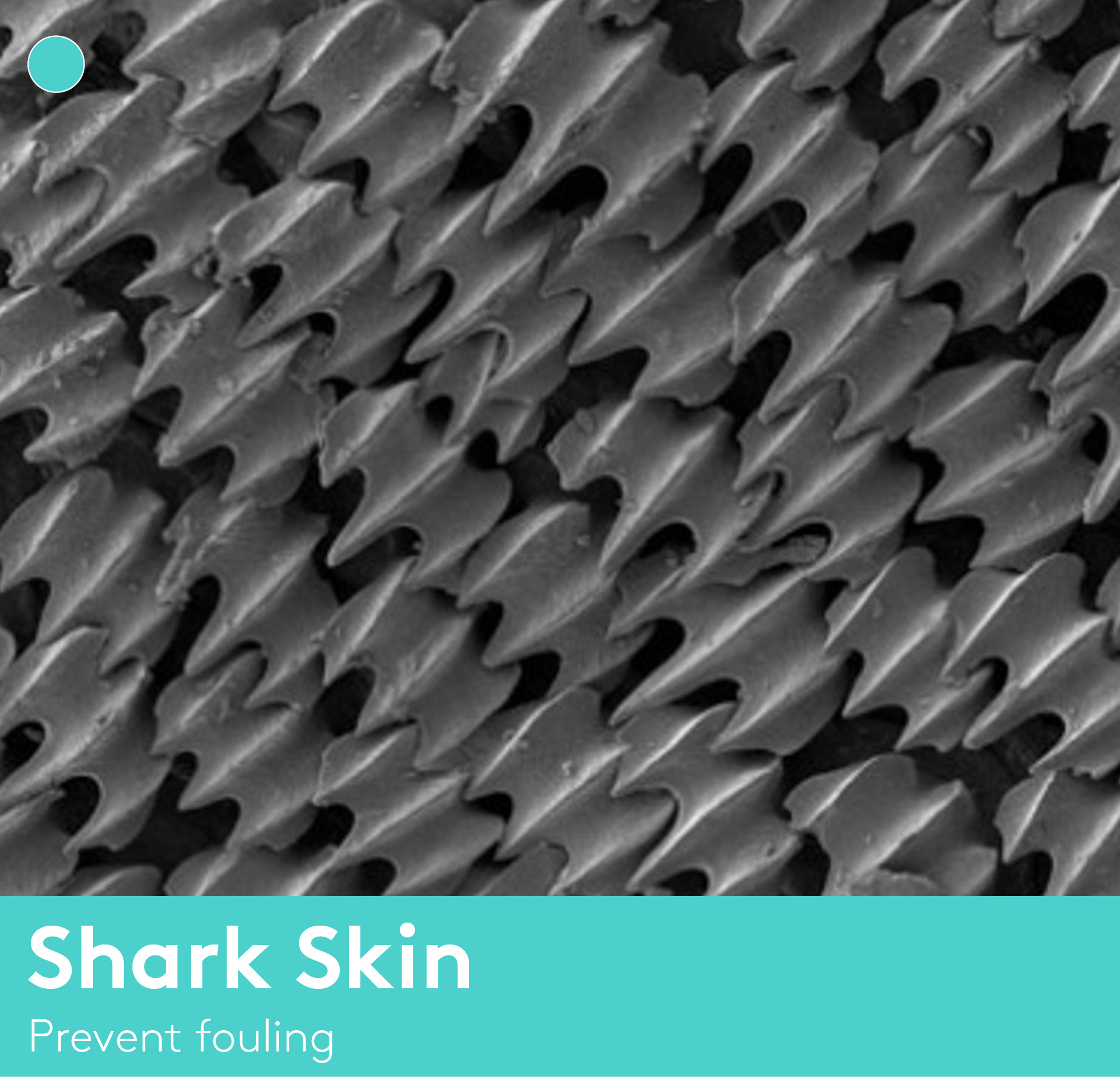Mechanism: The Lily replicates nature’s spiral flow pattern - observed in whirlpools and tornadoes – to significantly improve the performance and energy usage of mixing water storage tanks. This allows for efficiency of flow as nature never travels in straight lines and tends to follow a spiraling path.
Strategy: The spiral created by nature in the Calla Lily is optimal for flow.
Design Principle: Using the natural shape of the lily, which mirrors nature’s spiral, as an impeller, the flow efficiency is dramatically increased.











